Satellite images recently revealed that China has deployed at least four of its J-10 mainstay fighter jets on the contested territory of Woody Island in the South China Sea.
Around the same time, warships from the United States, Japan, Vietnam, India, and the Philippines performed naval drills separately or jointly in the same waters, valued for fisheries and energy reserves.
J-10s on Woody Island
ImageSat International, an Israeli high-resolution satellite image supplier, posted onto Twitter an image taken on June 19, showing four Chinese J-10 fighters parked on a tarmac in plain sight, on the disputed territory of Woody Island.Named Yongxing in Chinese, and Phu Lam in Vietnamese, it is the largest island within the Paracel Islands, and claimed by China, Vietnam, and Taiwan.
Ho confirmed that the aircrafts are J-10s based on their canard (a projection attached to aircraft to offer stability) design and delta wing configuration.
He added that the lack of external fuel tanks on the aircraft “could mean that the plan is for them to stay on the island longer than usual.”
Carl Schuster, a former director of operations at the US Pacific Command’s Joint Intelligence Center, also told CNN that the J-10s were parked on the tarmac because the Chinese regime wants to “demonstrate it is their territory and they can put military aircraft there whenever they want.”
The Chinese Air Force currently has about 200 J-10s.
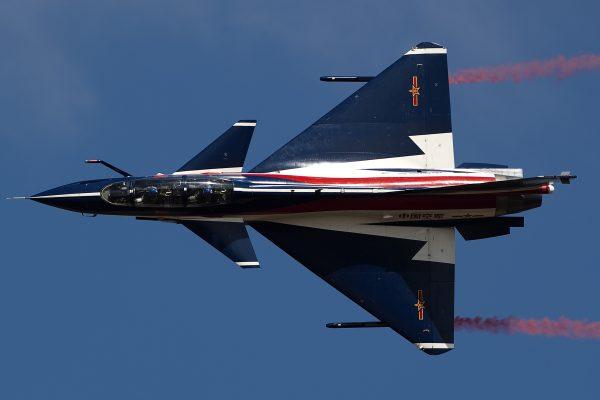
Naval Drills
Recently, the United States and its allies have also conducted naval drills in the South China Sea.On June 19 and 20, Japan’s Maritime Self-Defense Force (JMSDF) sent out its JS Izumo helicopter carrier (DH-183), along with its destroyers JS Murasame (DD-101) and JS Akebono (DD-108), joined the U.S. aircraft carrier USS Ronald Reagan, to conduct joint military exercises.
Those exercises had come just a day after China’s aircraft carrier the Liaoning had passed through the Miyako Strait into the Pacific. Located between two Japanese islands of Miyako and Okinawa, it is one of the few international waterways where Chinese ships are allowed to access the Pacific Ocean from the East China Sea.
On June 17, the JMSDF also performed joint exercises with Vietnam’s navy off the southeastern coast of Vietnam.
While these countries did not openly mention China’s aggression in the region, the recent flurry in naval activity acts to bolster their defenses as the Chinese regime continues to assert their military presence.
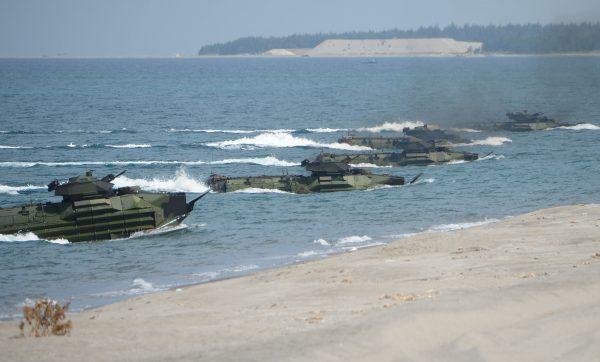
Freedom of Navigation
Since U.S. President Donald Trump came into office, U.S. Navy warships have traversed the South China Sea at least 11 times to conduct Freedom of Navigation Operations (FONOP).The U.S. operations are aimed at challenging what it sees as Chinese activity limiting freedom of movement in the strategic waterway.
By comparison, Trump’s predecessor Barack Obama sent Navy ships to the South China Sea six times during his eight-year term that ended in 2017.
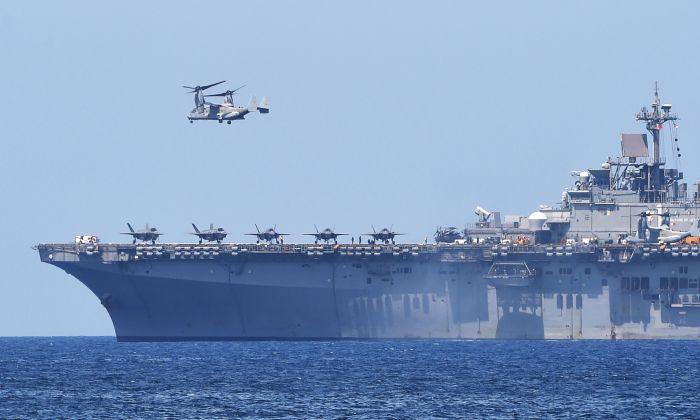

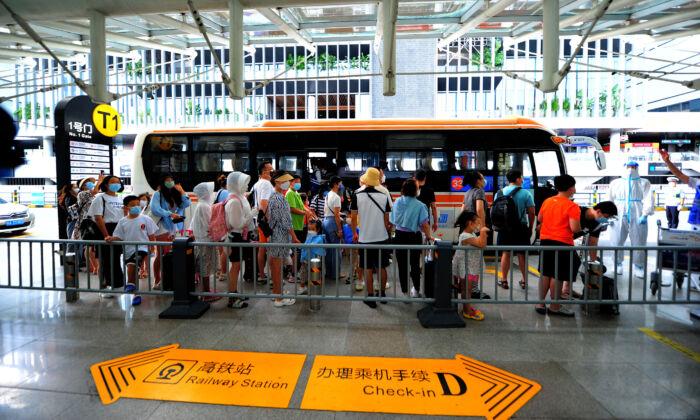
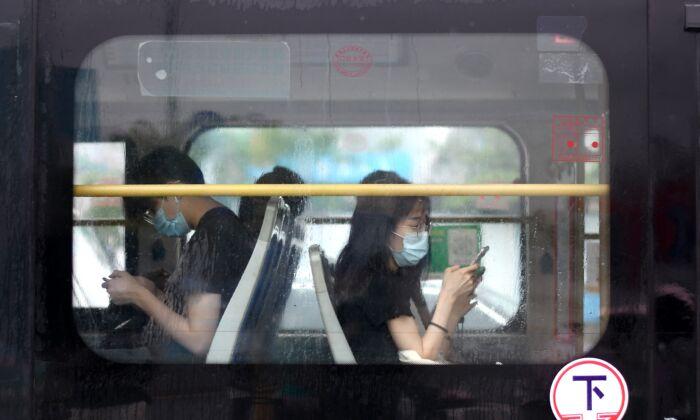
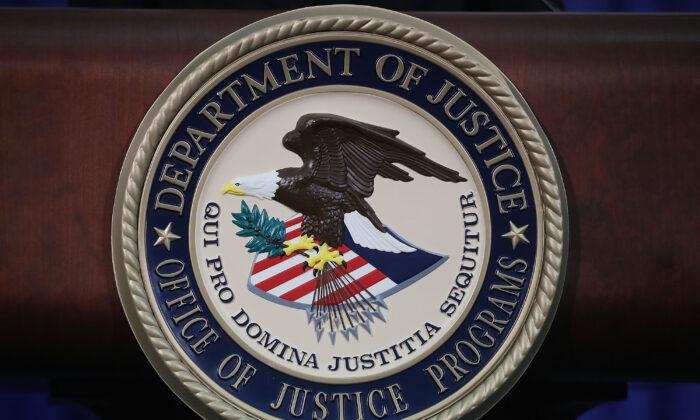
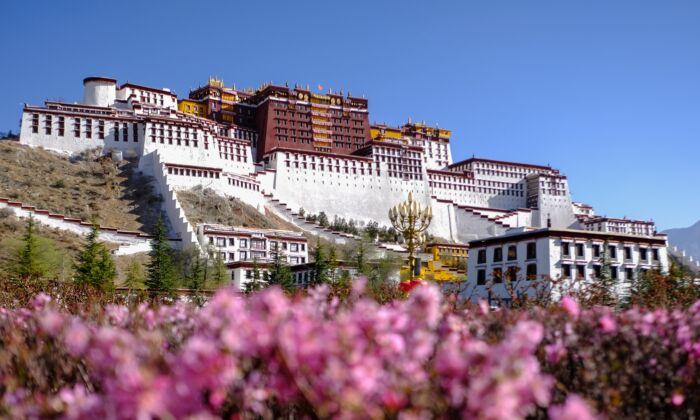
Friends Read Free